1523 posts
If You Ever Feel Like You Keep Starting All Your Sentences With The Same Few Words Over And Over Again,
If you ever feel like you keep starting all your sentences with the same few words over and over again, try making sure you start each sentence with a letter of the alphabet in sequence. You may need to crack a dictionary for some of the trickier letters, but that’s part of the fun.
More Posts from Any-mouse
You’ve heard of fake relationships? Get ready for a fake divorce. When she figures it out, she damn well make it a real one.
Still reading the dogsblood drama. The male protagonist is so flipping toxic, I’m begging this to end in the promised divorce. Can i go back to MDZS and their healthy romantic relationship please?
Aaanddd fandom hell means your brain automatically fills in Someone.
“You Whose Cities Are Ruined Mounds” (CT 23 16 i 13-16)

While doing some research on the Mesopotamian goddess Belet-Ṣeri, I came across this well-preserved Akkadian incantation for someone who “constantly sees dead people.” Ereškigal is queen of the Netherworld, and Ningeštinanna/Belet-Ṣeri is her (female) scribe. I am not familiar with “Abatu the Queen,” but her name literally means “to destroy,” so presumably she was another goddess associated with death.
…
Incantation:
Dead people, why do you encounter me—you whose cities are ruined mounds, you who are bones? I do not go to Kutha, the assembly of ghosts. Why do you constantly chase me? You are adjured by Abatu the Queen, by Ereškigal the Queen, by Ningeštinanna the Scribe of the Gods, whose stylus is lapis and carnelian.
Recitation (to be used when) one continually sees dead persons.
(The description of the ritual follows, but is somewhat broken. It involves pouring a ritual liquid into a western-facing pit while reciting the incantation.)
Nope. Also the sorting algorithm for the next post sucks. So far I went from 230 to 645, of what may be a completely different novel, and I’ve been skipping chapters because they changed formatting to audio. I can pretty much catch up without those.
This has all the signs of unhealthy relationships, poor life choices, and a fine disregard for the culture that it’s supposedly set in. I regret my first fan thought. That couple would never do this, and that dom would never, ever treat his sub this way. Yes, I’m talking about MDZS as the positive example.
Still reading the dogsblood drama. The male protagonist is so flipping toxic, I’m begging this to end in the promised divorce. Can i go back to MDZS and their healthy romantic relationship please?


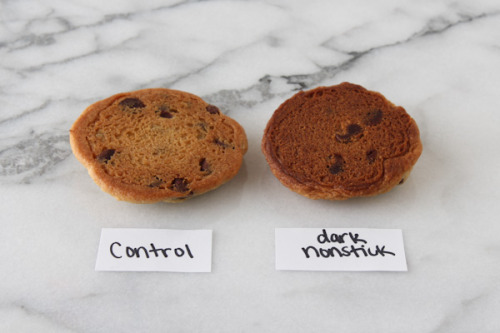
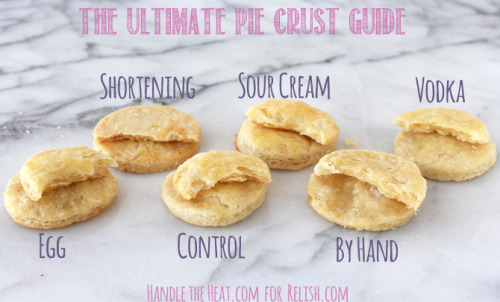

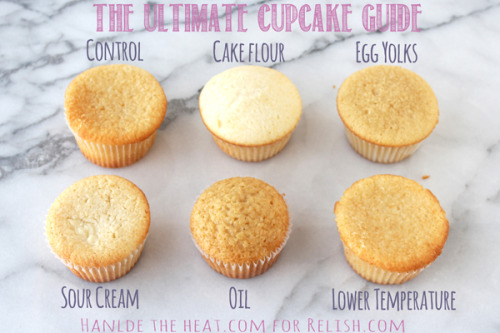
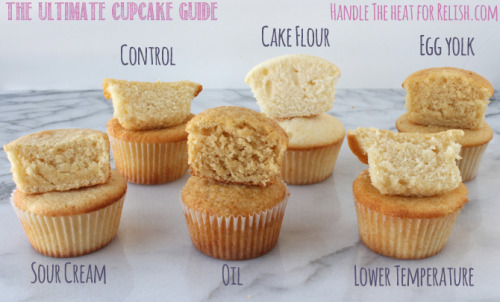


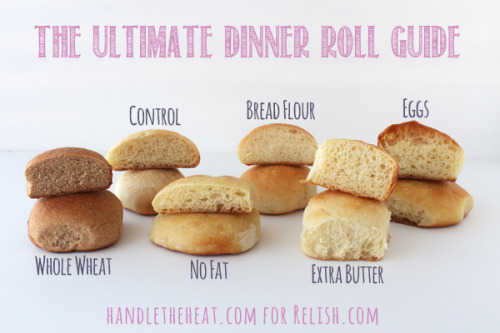
handletheheat.com
Actually super helpful so that I can visualize the dang things, and am in awe of the time taken to make the colors match, but the lighter colors are hard to read. Cream is the hardest. That said, mine now, suckers.
Color Terms You Didn’t Learn in Chinese Class

In your Chinese studies you’ve probably learned: 红色、橙色、黄色、绿色、蓝色、紫色、灰色、白色、黑色、咖啡色、粉红色
But there are so many beautiful colors out there! Let’s learn some more. These are color terms I’ve come across outside Chinese class.
In general you can indicate a light shade with 浅 and a dark shade with 深. I have also seen 墨 for dark and 淡 for light, but when I Googled various color terms, there were more results for 浅 and 深 than 淡 and 墨.
I spent way too much time messing with HTML to color the text to match (except for the shades of white).
褐色 hèsè - brown
橘黄色 júhuángsè - orange
奶油色 nǎiyóusè - cream
金黄色 jīnhuángsè - gold color
朱红色 zhūhóngsè - vermilion
米色 mǐsè - beige
棕色 zōngsè - brown
青色 qīngsè - cyan / blue-green
灰白 huībái - light gray / ash-colored
蔚蓝 wèilán - azure / sky blue
纯白 chúnbái - pure white
雪白 xuěbái - snow white
洁白 jiébái - spotlessly white / pure white
漆黑 qīhēi - pitch-black
铜色 tóngsè - copper
乌黑 wūhēi - jet-black / dark
靛色 diànsè - indigo (color)
金色 jīnsè - golden / gold (color)
银色 yínsè - silver (color)
Here are some single characters I’ve seen as well. Some of these are commonly used in names, like 彤 and 丹.
彤 tóng - red
丹 dān - red / pellet / powder / cinnabar
缇 tí - orange-red silk / orange-red colored
赤 chì - red / scarlet / bare / naked
碧 bì - green jade / bluish green / blue / jade
翠 cuì - bluish-green / green jade
皓 hào - bright / luminous / white (esp. bright white teeth of youth or white hair of old age)
颢 hào - bright / white
玄 xuán - black / mysterious
彤, 丹, and 缇 are all described as a red-orange color. I’m not really sure of the difference, so I just made them all the same shade. I’m also unclear on exact distinction between 褐色 and 棕色. Image search results certainly suggest that they are used differently. Not sure how 咖啡色 fits in either.
I stumbled across this giant Wikipedia table with many beautiful colors that you can check out to learn more!